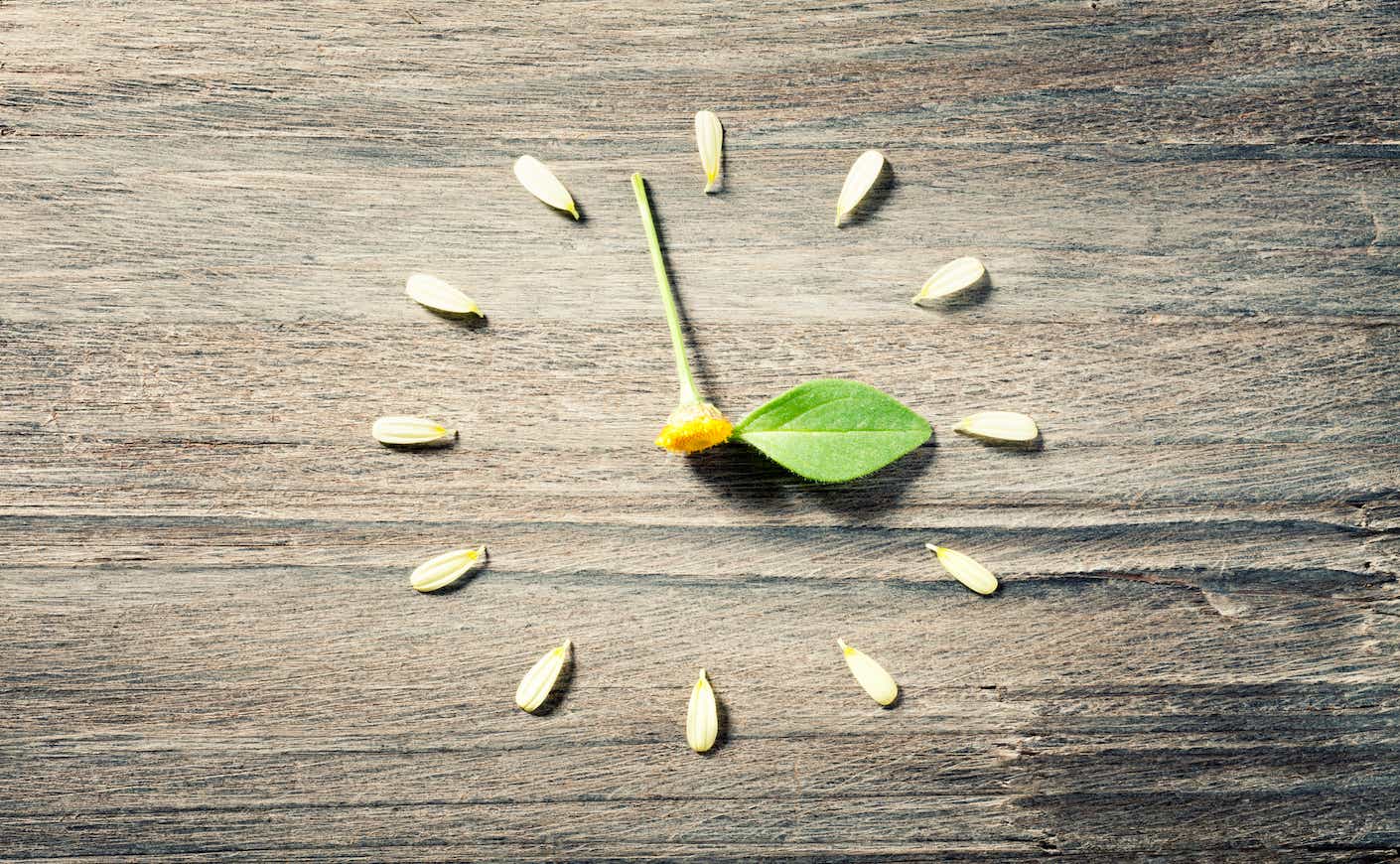We’re approaching a new round of Daylight saving time (DST). On March 14th, we will set our clocks forward an hour — springing forward. Although this means long summer days are finally on the horizon, it also means you will lose an hour of sleep, which can have some pesky side effects.
In the days after DST sets in, people have reported tiredness, mood changes, cardiovascular problems, and other issues. But this year, Dr. Eve Van Cauter, professor in the Department of Medicine at the University of Chicago and member of the Sleep Number Scientific Advisory Board, says adjusting to springing forward may actually be...easier.
“Because many are working from home, people may have more flexible schedules and find it easier to adjust to the time change without the added stress of a commute,” she said. “Kids may also adjust better to the clock change, given that many of them are learning virtually and won’t experience the usual time crunch to get out the door and make it to school on time.”
Nevertheless, with our friends at Sleep Number, KCM has compiled a few tips to help you adjust to the time change this year and thrive this spring. (No matter what, you should still give your body around a week to adjust, but these tips will make the adjustment easier.)
1. SHIFT YOUR BEDTIME
Like most of life, prep is half of the battle. Many of us fall into the trap of falling asleep at different times each night, due to social media scrolling and other habits. But consistency is key here! A few days before DST, gradually start shifting your bedtime and wake time in 15-minute to 30-minute increments, to make up for that lost hour. Then, stick to your schedule to maximize your energy.
“It’s important to get enough sleep and have a routine wake up time,” Dr. Van Cauter says. “Set up your sleep-wake cycle, stay disciplined and keep to your schedule. Plan the day, and be careful not to let the evening drag on until wee hours.”
(There’s evidence to back this method up: Sleep Number SleepIQ® sleepers who planned ahead and went to bed earlier the night Daylight Saving Time began, only lost 15 minutes of snooze time instead of an hour.*)
2. FOCUS ON THE QUALITY OF YOUR SLEEP
Although most adults need seven to eight hours of sleep, the CDC reports many people barely get seven. If you’re sleep deprived, losing an hour could impact you even more. There are many factors that can contribute, but you can increase your quality of sleep by reducing caffeine intake after noon, dimming the lights an hour before bedtime, and engaging in a calming bedtime routine.
Furthermore, people who consistently use the Sleep Number 360® smart bed features and SleepIQ® technology can improve their quality sleep by more than 15 minutes a night — which checks out to nearly 100 hours per year.**
3. EXERCISE IN THE A.M.
Getting up and working out in the morning can immediately boost your energy — and thus, help you adapt to DST. “Like sunlight, physical activity is very important to circadian rhythms and can affect your ability to fall and stay asleep,” Dr. Cauter says. “Take advantage of spring outdoor activities to stay active.”
4. UNDERSTAND LIGHT’S IMPACT
Naturally, your bedtime may shift later as we enter the summer months, due to the shift in natural light. When you’re exposed to light during the day, your body suppresses the release of melatonin, an important sleep hormone, which doesn’t usually come out during the darker, nighttime hours.
To have an easier time waking up in the morning, expose your eyes to some light. During the spring, that means maybe opening a curtain to welcome any extra sunlight as soon as you wake up!
* Based on SleepIQ® data from 1/1/19 to 1/1/20
** Based on internal analysis of sleep sessions assessing sleepers who use multiple features of Sleep Number products. Claim based on sleepers achieving over 15 more minutes of restful sleep per sleep sessions.









